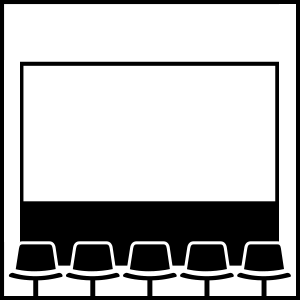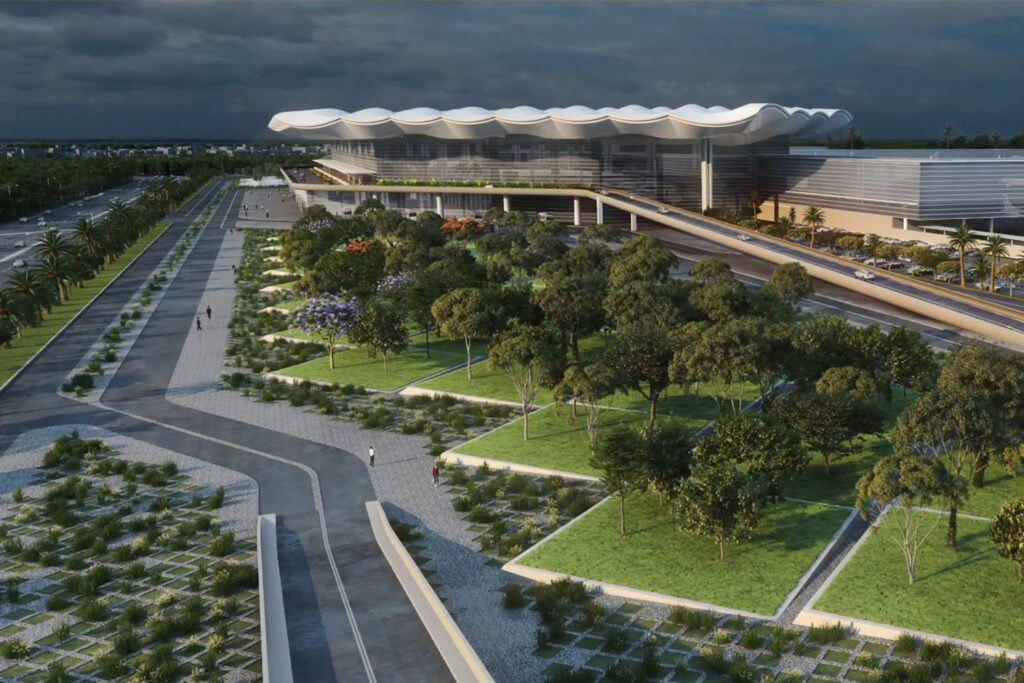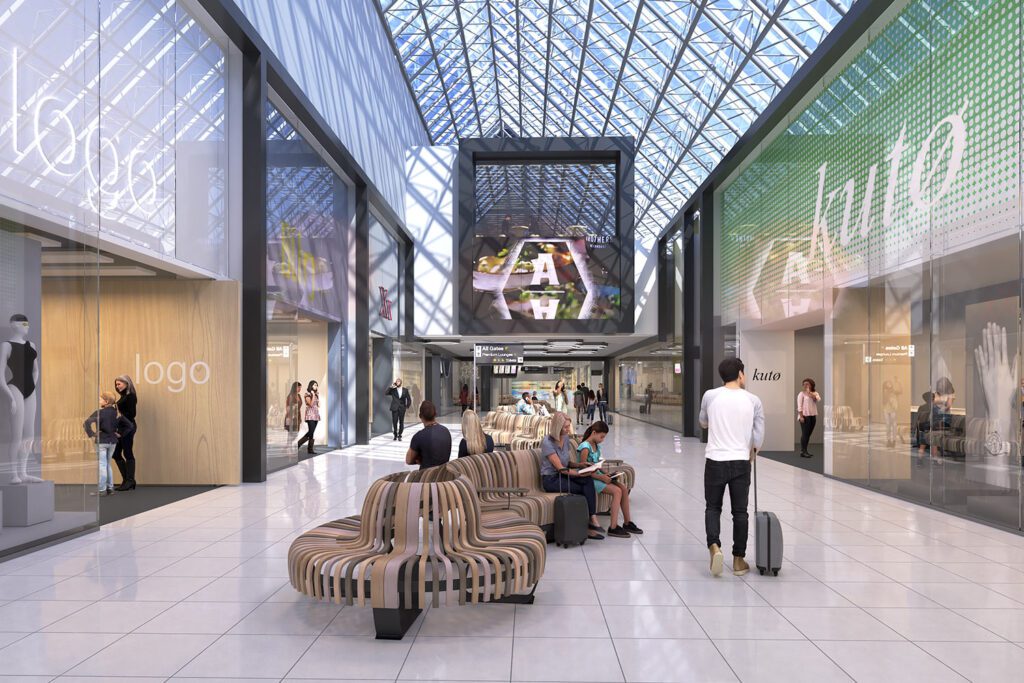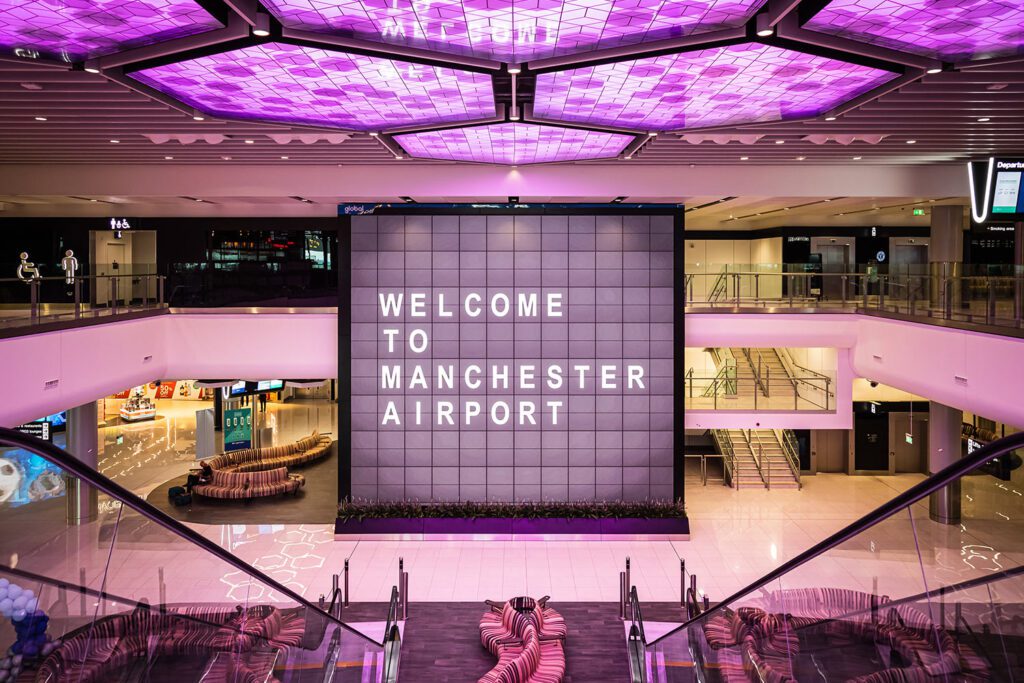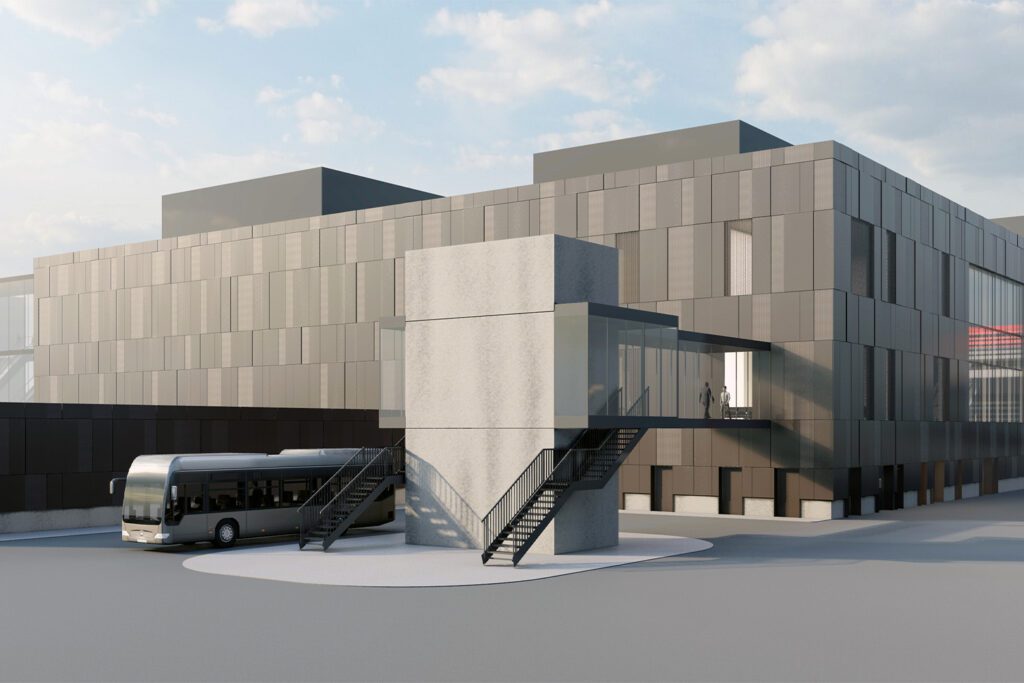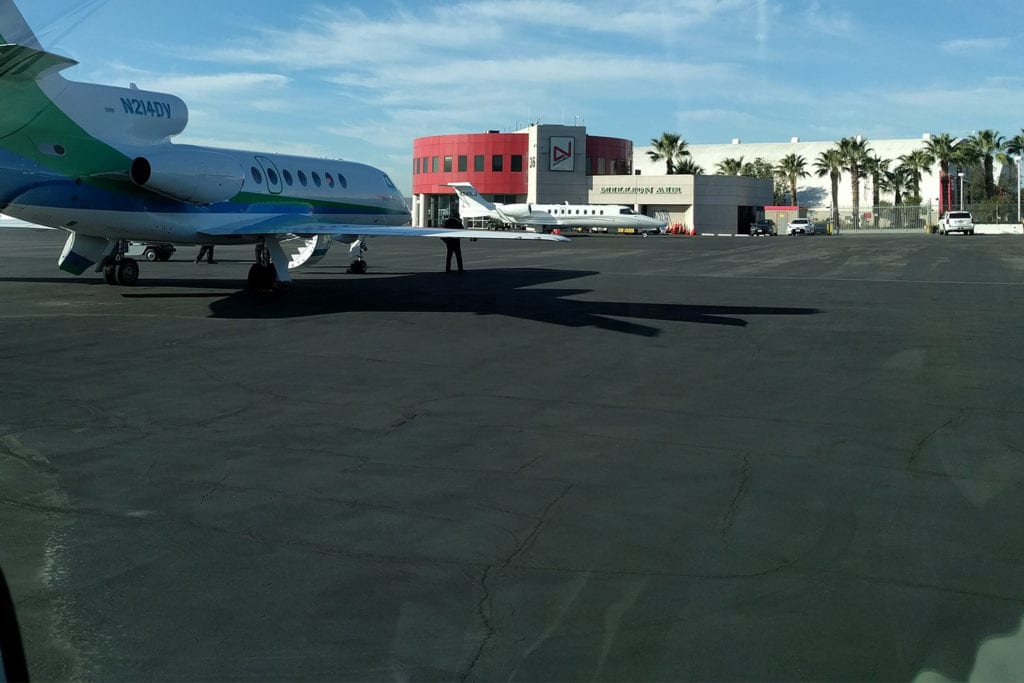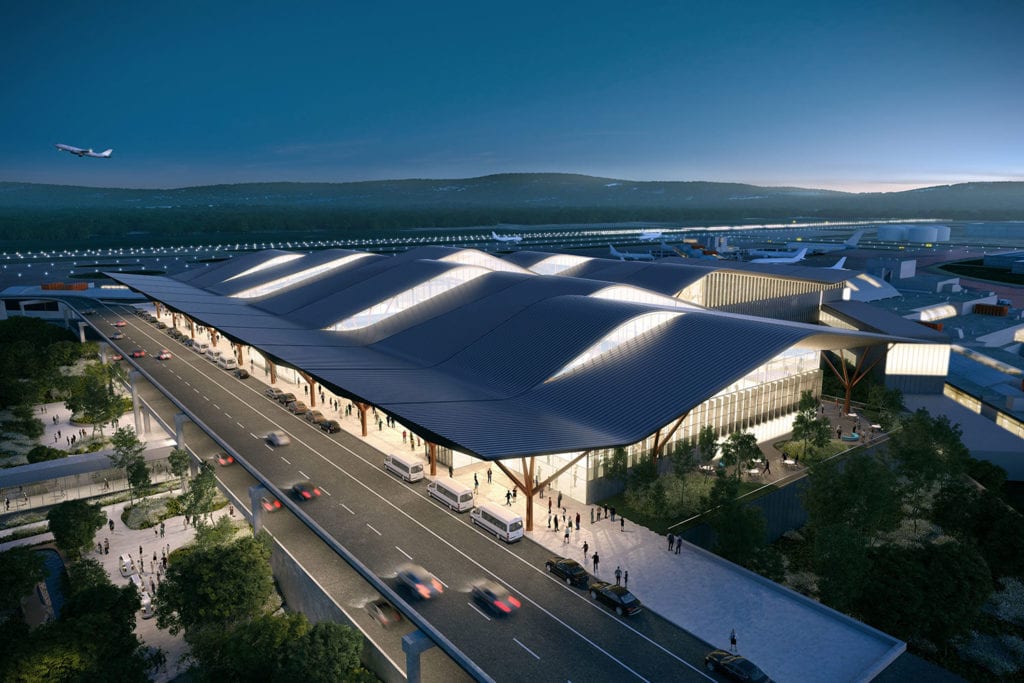
LAX Midfield Satellite Concourse South
Los Angeles, USA
Project details
Client
Los Angeles World Airports
Architect
Woods Bagot
Duration
Completion expected in 2025
Services provided by Buro Happold
Acoustics, Airport consulting, Energy consulting, Lighting design, Structural engineering, Sustainability
Buro Happold was selected by Los Angeles World Airports (LAWA) to plan and design the new Midfield Satellite Concourse (MSC) South at Los Angeles International Airport (LAX). The design team’s pre-engineered, off-site construction solution creates a beautiful, highly sustainable and efficient terminal for both passengers and airport operators alike.
The MSC South project is part of a larger phased plan at LAX, with the goal of creating modernized and efficient terminals for passengers and airport operators.
Challenge
Supporting eight new domestic gates, the two-story, 150,000ft2 MSC South takes advantage of a key 10-acre site. Constrained on all sides by taxiways, an adjacent hangar, and MSC North — and with the requirement to keep LAX fully operational during the construction period — the site presented considerable challenge. Woods Bagot and Buro Happold have answered the challenge with a first-of-its-kind approach for a major U.S. airport: integrated design for manufacturing and assembly (DFMA).
DFMA also supports circularity,” adds Herd, referring to the design of systems and components that allow for reuse at the end of a building’s useful life cycle. “Buro Happold’s commitment to sustainability is holistic, including everything from energy-efficiency to occupant wellbeing to reduction of harm related to extracting natural resources.”
David Herd, Partner, Project Principal
Solution
The DFMA approach to segmented construction utilizes major components that are prefabricated offsite, ensuring ease of manufacture and efficiency of assembly. Other DFMA benefits include:
- A safer construction site, achieved through the reduced workload / tasks being undertaken in an external active airfield environment
- Enhanced quality, through the manufacture of components in a controlled environment.
- A reduced construction schedule unconstrained by site activities and dependencies, with components being manufactured to be ready for final assembly on site.
- Increased sustainability, through the enhanced planning of resources and the controlled reuse and recycling of materials within the factory environment
Value
While reducing the time and labor, the pre-engineered, off-site construction strategy will help us meet LAWA’s ambitious sustainability targets, including LEED Silver certification.

